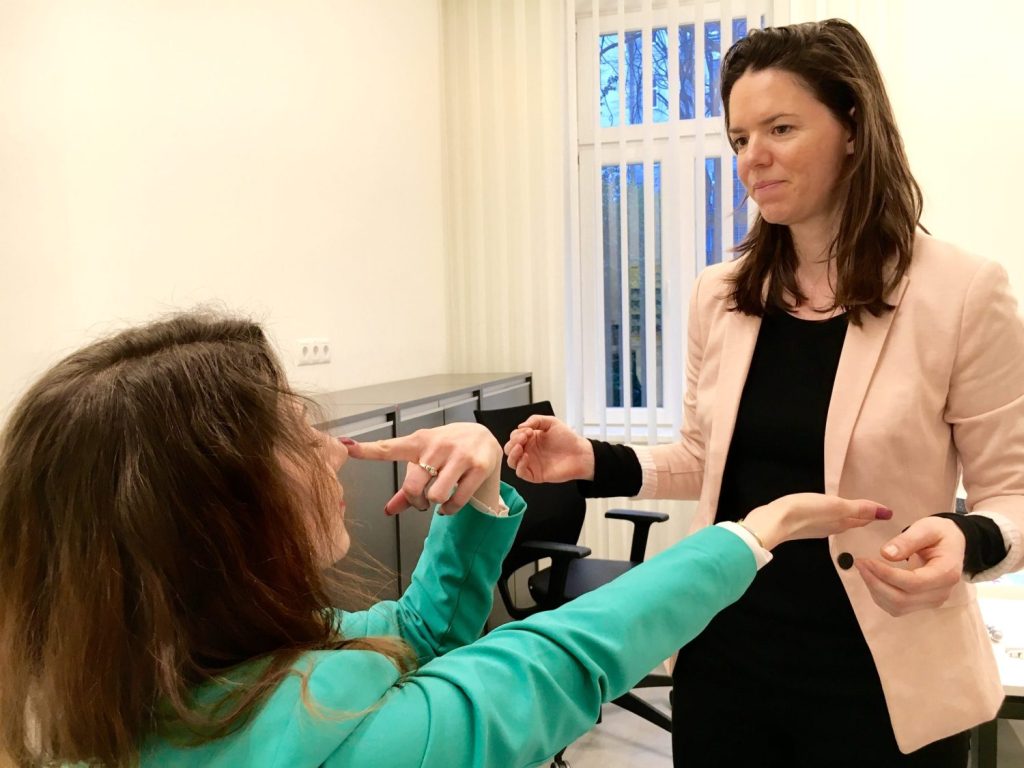Headaches are among the most common neurological complaints and can significantly affect daily life and quality of life. About 70% of the population suffers from one-time or sporadic headaches, and about 5% suffer from chronic headaches. A distinction is made between primary and secondary headaches.
Primary headach
In the case of primary headache, the pain itself is the disease. The causes are still largely unclear. These types of headaches are not dangerous, but they are very stressful in everyday life. These include, for example, tension headaches, migraines, cluster headaches, facial pain or drug-induced headaches. Depending on the course, character, and accompanying symptoms of headaches (nausea, vomiting, sensitivity to light or noise, eye redness, tearing, etc.), it is possible to distinguish between different types of headaches and treat them with correspondingly different therapies.
Secondary headache
In secondary headaches, the pain is a symptom of an underlying condition such as sinusitis, high blood pressure, glaucoma, but also a brain tumor, brain hemorrhage, meningitis, or injury. Some of these headaches are potentially life-threatening. A headache that occurs suddenly, feels different than usual and does not get better with the use of painkillers is an emergency and must be acutely clarified and treated.
Diagnosis and treatment
For early diagnosis and treatment, as well as to prevent the pain from becoming chronic and medication misuse, it is important to consult a neurologist as soon as the symptoms begin.
Depending on the type of headache, the course of the disease (episodic/chronic) and the severity, appropriate medication is used. In the case of a headache attack, aspirin, paracetamol, nonsteroidal anti-inflammatory drugs (NSAIDs) or metamizole are resorted to. The specific therapy chosen depends on individual treatment response (some patients respond better to paracetamol, others to NSAIDs, etc.), intolerances, or comorbidities. For migraines, additional options include triptans and metoclopramide for nausea, and for cluster headaches, triptans and oxygen inhalation are available. In addition, for chronic forms of headache, depending on the type of headache, a prophylactic therapy is established. For example, for tension-type headaches, a tricyclic antidepressant (such as Amitriptyline) with a muscle relaxant like Tizanidine may be prescribed. For migraines, beta-blockers such as Metoprolol (in case of high blood pressure or coronary artery disease) or the calcium antagonist Flunarizine (in case of additional sleep disorders) may be used. For cluster headaches, Verapamil and a prednisolone pulse therapy may be prescribed. In the case of treatment-resistant migraine, botulinum toxin often leads to a reduction in the frequency of migraine attacks.
Nevertheless, painkillers should not be taken regularly for ≥ 15 days/month, not for ≥ 3 months, and especially not mixed preparations (e.g., containing aspirin, paracetamol, caffeine), as this can lead to medication-induced headaches.
In addition to all these drug therapy options, lifestyle should also be reconsidered. Modifiable risk factors for chronicity such as overweight, alcohol consumption, smoking, diet (histamines, etc.), stress, sleep disturbances, challenging life circumstances, etc., should be reduced as much as possible. Incorporating exercise, nutrition, behavioral therapy, relaxation techniques (such as progressive muscle relaxation according to Jacobson, medical hypnosis, etc.) consciously into daily life can be helpful.
The basis for selecting the appropriate therapy regimen from all these treatment options is the accurate diagnosis of the headache by a neurologist. To make a diagnosis, a detailed discussion and a clinical-neurological examination are carried out during the doctor’s visit. For this purpose, precise pain documentation, e.g. through a headache calendar, is very helpful. Depending on the symptoms and neurological findings, brain imaging (CCT, MRI) is arranged. According to the type of headache, you will receive information about medication therapy, triggering factors, as well as accompanying measures such as medical hypnosis, acupuncture, etc. If necessary, hospitalization can also be arranged.

Our specialist in neurology, Dr. Assunta Dal-Bianco, is responsible for the diagnosis and treatment of all neurological diseases. Headaches, migraines, back pain, nerve compression syndromes, polyneuropathies, movement disorders (e.g. tremor, Parkinson’s disease), restless legs syndrome (RLS), dementia, epilepsy, prevention and aftercare for stroke, seizure disorders, burnout, etc. are some of the common diseases that are treated in the CoOrdination. Dr. Dal-Bianco’s clinical and scientific specialty is multiple sclerosis.


